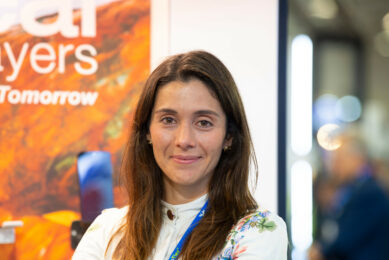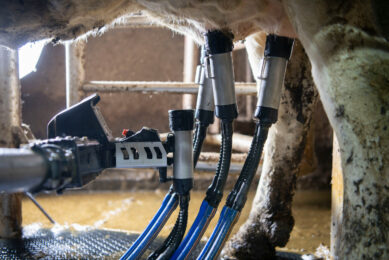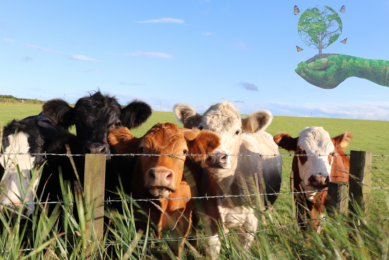New ‘Indoor Feed Centre’ planned in California
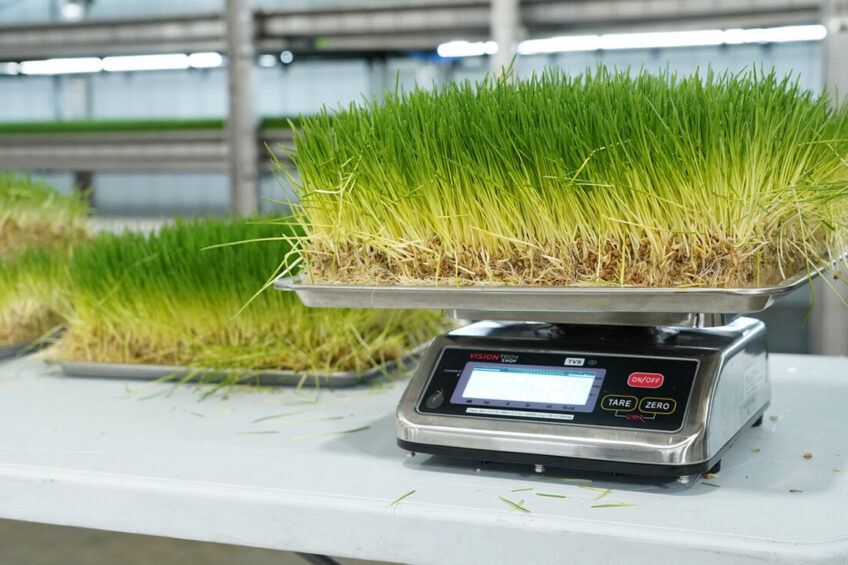
Cultivating feed indoors for cattle is a fast growing industry across the world. The US company HydroGreen, which has been going strong for several years, is poised for major expansion in 2024.
Why would a dairy or beef producer buy a HydroGreen system?
In an era of increased risk of drought and supply chain disruption (even within a country, let alone across borders), this approach provides a consistent and secure supply of part of the ration, reducing reliance on other ingredient sources. The hydroponic system, which produces sprouted wheat or barley, optimises water use and provides more control over herd nutrition. The fresh, high-quality, high-energy, low-potassium forage can be included in the ration at a minimum 15% level for dairy cattle and 30% for beef.
Land restriction is another big factor driving interest in HydroGreen systems,
Explains Sales Coordinator Savannah Cahoy.
Operations worldwide
There are currently 11 HydroGreen units on beef farms across the US, Canada and Japan, and 4 on dairy farms in the US, Canada and Italy (a water buffalo dairy called Massaria Cielentana near Naples). On 6 November 2023, 2 more HydroGreen DGS 66 Machines were ordered by Golden Rule Dairy in in Elfrida, Arizona, a family-owned Jersey dairy operation. The farm had the first one installed in July.
“There are more operations on the list in more European countries and Mexico,” says Cahoy. “Both dairy and beef markets are growing quickly, but I would say we have more dairy farmer interest globally in our sales pipeline right now due to their quicker adaptation to technology.”
And another business model is actively being pursued – HydroGreen is planning to build centralised feed centres where the forage produced will be sold directly to farmers. “Our first feed centre installation will be in the Central Valley of California with 20 of our GLS 808 machines,” says Cahoy. About five dairy farms are already signed up.
She adds, “harvesting only 4 of the machines will give a total of 68 tonnes of fresh feed per day.” With a 5-day staggered harvest cycle, four of the 20 machines will be harvested daily.
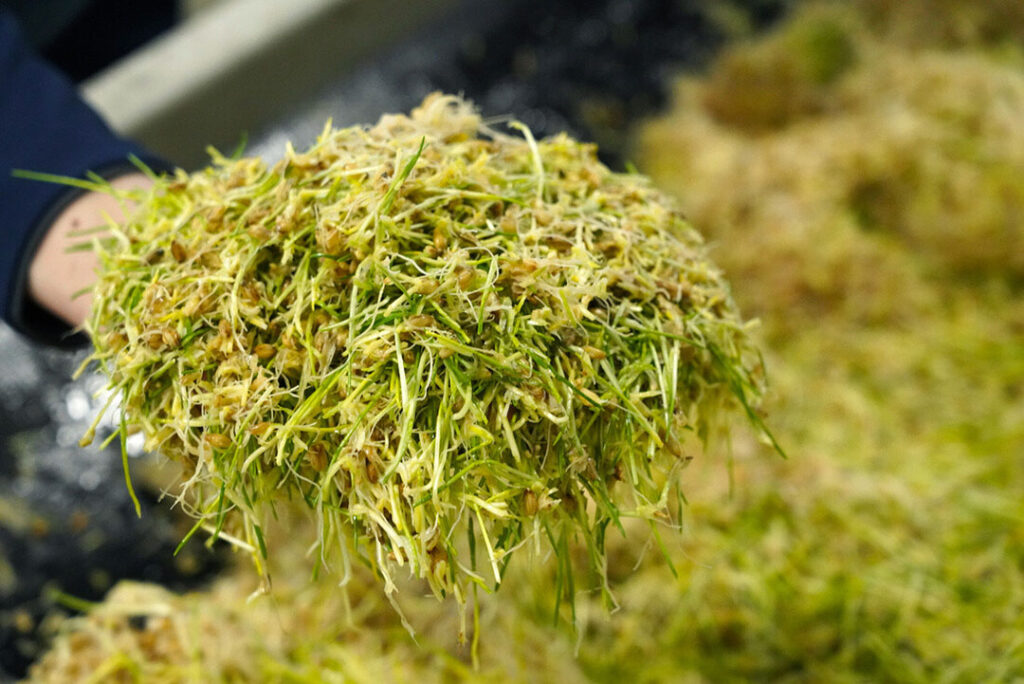
System origin and basics
As we first reported in All About Feed in 2021, the idea for HydroGreen originated with an American beef farmer called Dhil Grohs, who ranches in an area of Idaho with limited rainfall. He developed a hydroponic feed production system he could rely on to meet some of his cattle’s needs and named the system HydroGreen. It was acquired in 2019 by CubicFarms, a maker of indoor greenhouse food crop growing systems.
The system is technologically advanced yet very simple, with automated seeding, watering and harvesting. No fertiliser is required. Once ready for harvest, the sprouted wheat or barley rolls off an automated belt like a carpet and is shredded, ready to be added to the ration.
Costs overview
The HydroGreen ‘DGS 66’ unit is geared to operations of 100 to 200 cattle and costs US$ 120,000 right now in a current sales promotion. The larger GLS 808 modules cost US$ 312,000 each.
ROI is, of course, individual to each operation. There are the capital costs of the units, building and installation. The units must be housed in an existing or newly constructed building, outfitted with the appropriate plumbing, HVAC and electrical. Ongoing operational and input costs include electricity (and perhaps water) and seed. Cost savings can be found in reduced labour and fuel costs involved in feeding other ingredients that HydroGreen forage replaces, including transportation.
Burnett’s Land & Livestock in Wyoming, for example, had been transporting cottonseed from Texas for part of their dairy cattle ration before they installed HydroGreen. Burnett’s invested US$1.5 million in CubicFarms in 2021 and received 12 GLS808 units as part of the deal, making up part of the ration for 2,000 cows daily.
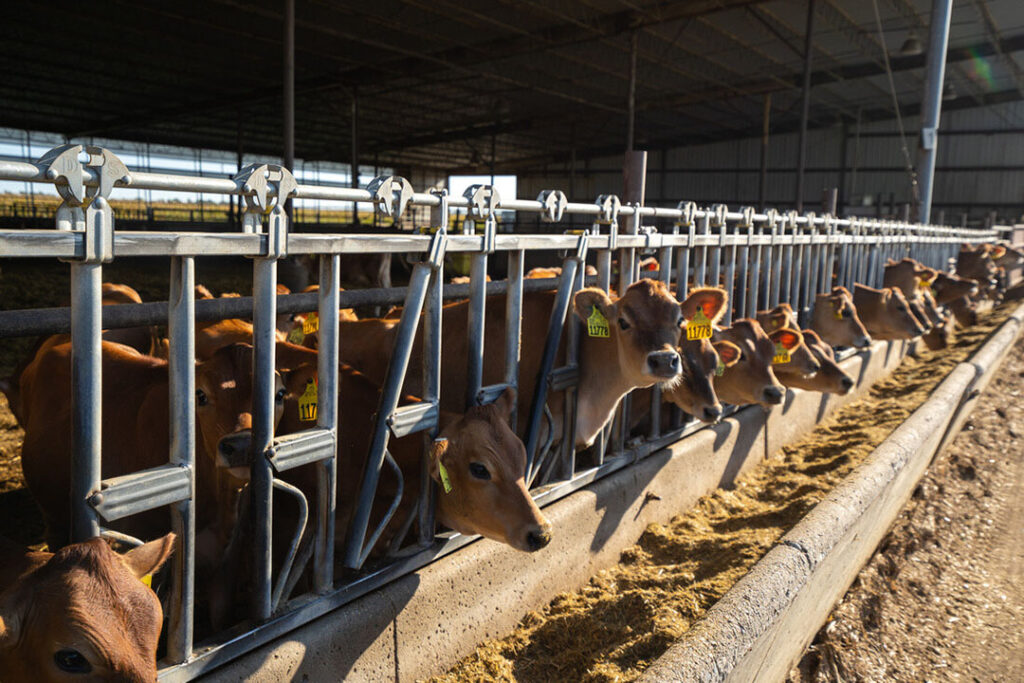
Organic feed
Also, if certified organic grains are sprouted and the rest of the feed is organic, the resulting certified organic beef or dairy products can be sold at a premium.
There are also benefits for the health and performance of cattle from feeding this forage.
“Our beef finishing trial concluded that HydroGreen feed incorporation results in a more efficient rumen, increased daily rate of gain, and a reduction in enteric methane exhaled,” says Cahoy.
On the dairy front, independent nutritional and cow performance analysis found that sprouts have high digestibility, sugar concentration and energy content, making them a good replacement for high-energy forages such as maize silage, and alfalfa and alfalfa/grass forages. It was concluded that the sprouts can also replace other fibre-rich coproducts such as cottonseed, maize gluten feed and soyhulls. Co-products with high sugar concentration such as molasses and whey are not needed in HydroGreen diets.
New installations planned
As it continues to sell units to individual farmers, the company intends to grow its new business model of feeding forage from central feed centres across the USA, Mexico and some European countries where a market need exists. “The biggest challenge we are facing is capital funding to install such large facilities,” says Cahoy, “but the good part is that it is not a challenge to find customers for these installations who want the feed for their herds.”
Central Valley of California
On that note, let’s take a closer look at the HydroGreen Feed Centre planned in the Central Valley of California, an area that covers about 47,000 km2 and is home to many dairy farms. The Valley also supports production of more than half of the fruit, vegetables and nuts grown in the USA. The majority of the Central Valley is irrigated and water availability is a very serious concern. The LA Times reported about a year ago that groundwater levels are critical.
Expanding herd sizes
According to other US media reports, dozens of dairies in the San Joaquin Valley (in the middle of the Central Valley) are currently planning to expand and herd sizes have already increased very significantly over the last decade or so, trending up 36% since 2011. Water is used in the region’s dairy farms for cleaning milking equipment, watering dairy cattle (milk is 87% water) and to combat heat stress. According to the California Energy Commission, “heat stress in dairy cows remains a major cause of diminished milk production.”
Water conservation
Water is conserved in relation to feeding dairy cattle in the Central Valley through the use of about 70 by-products, many locally produced. “Absent dairy by-product feed, much more land and water resources would be needed to maintain the California herd,” notes a group of state-based academics. Another group of scientists has noted that over the past 7 decades “improved crop genetics and management have contributed to large efficiencies in water utilisation” in the California dairy industry.
Returning to HydroGreen, it’s important to ask how the use of its forage in part of the dairy cattle ration might impact water use in the Central Valley. Hydroponic production is well known for using very little water compared to field crops. However, in addition to that, there are 2 main options a dairy operation can use, says Cahoy, to conserve water further.
“The first is a water recycling system that can recycle up to 90% of the water used on the machines,” she explains. “A second option is applicable if the machines are installed on farm, where the run-off water is pumped to the cattle to drink. There are also benefits in the water when it’s given to the herd this way, with enzymes present that are created in the growing process.”
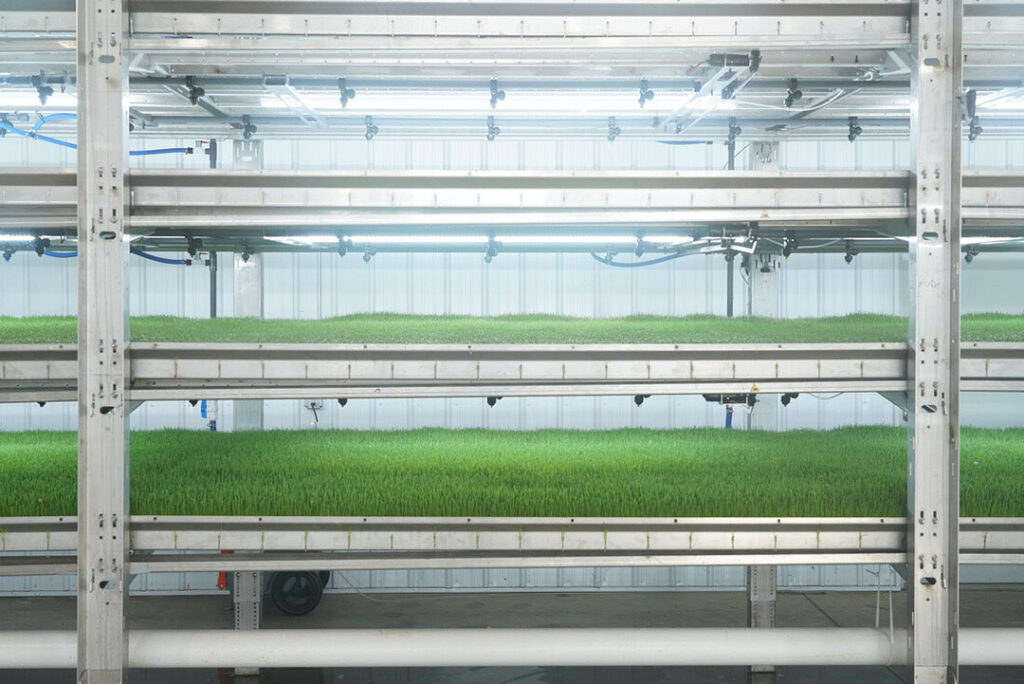
Growing feed from liquid manure
Another dairy cattle feed project is getting underway in California to feed dairy cattle while conserving water. The project, called ‘Aquatic Crop Production as a Nutrient-to-Feed Solution for California Dairies’ is receiving US$ 2 million from the California Department of Food & Agriculture.
A company called FYTO will install a commercial-scale, automated production system at Fiscalini Farms to grow duckweed using water and nutrients from dairy manure effluent from the farm’s manure lagoon and anaerobic digester.
FYTO and dairy industry partners will jointly validate the environmental impact, economic feasibility and the performance results from feeding the cattle duckweed as part of their diet.
Duckweed, also known as lemna or water lentils, are tiny fast-growing freshwater plants that contain 42% protein, Omega fatty acids, antioxidants, calcium, iron, carbohydrates and many micronutrients.





